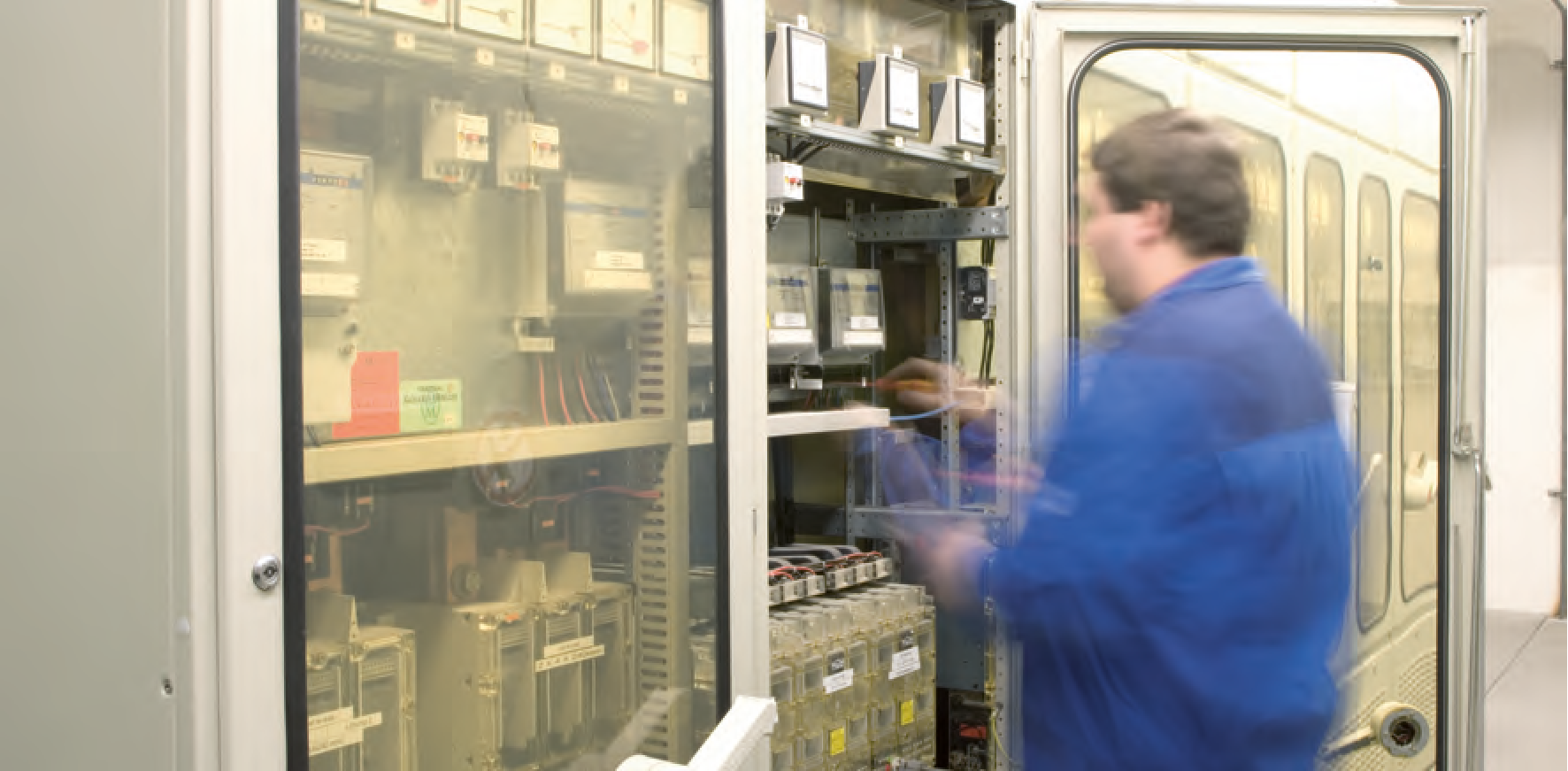
Low voltage directive

Throughout Europe, the legal basis of safety-relevant requirements for electrical equipment is the Low Voltage Directive 2014/35/EU "On the harmonisation of the laws of the Member States relating to the making available on the market of electrical equipment designed for use within certain voltage limits" as amended 26 February 2014. This directive covers all electrical equipment within the voltage limits 50 V and 1,000 V.
Following the "International Electrotechnical Vocabulary" of the International Electrotechnical Commission (IEC), electrical equipment means any object or device intended to generate, transmit, distribute, store, convert and consume electrical energy. Examples are generators, cables, measuring instruments, protective devices, installation material and devices such as switches, sockets, accumulators, transformers, luminaires, household appliances and motors.
The compliance of devices with requirements according to the Low Voltage Directive and other pertinent EU directives (e.g. the EMC directive) is made visible via CE markings (for details on the meaning of the CE mark see chapter "CE symbols for luminaires").
To facilitate proof of compliance for devices with the safety objectives of the Low Voltage Directive as well as testing, harmonised standards describing said requirements are published. One important harmonised standard is EN 60598-x (luminaires).
Fundamentally, testing for compliance with the directive performed by an independent institution is not mandatory for electrical equipment. Responsibility lies solely with the manufacturer, the importer or the distributor. Compliance of electrical equipment with the safety objectives of the Low Voltage Directive is assumed (referred to as prima facie evidence in legal terms) if it was produced according to technical standards mentioned in the directive in the following order:
European standards (EN or HD4);
international regulations of the International Electrotechnical Commission (IEC) where no harmonised standards have been finalised; or
national standards of the manufacturer’s member state where European or international standards do not exist yet.
Compliance is most clearly demonstrated through independent testing of the device and its labelling with the VDE mark or an equivalent label by other European testing institutions, and through the ENEC symbol for luminaires and their components. Therefore, the upcoming part of the main luminaires chapter of this publication preferentially refers to pertinent EN standards or HD documents, but also VDE regulations, as the case may be.
harmonisation documents see also chapter